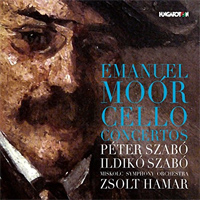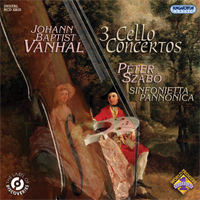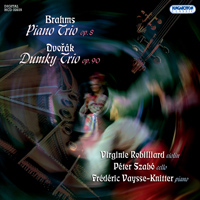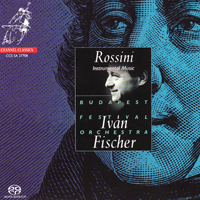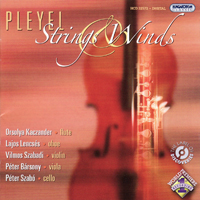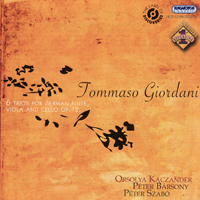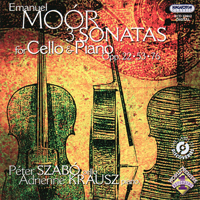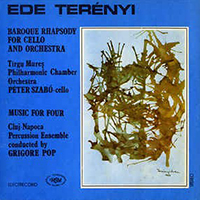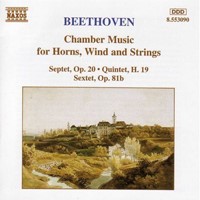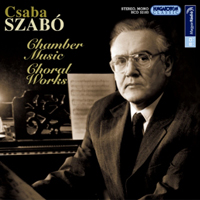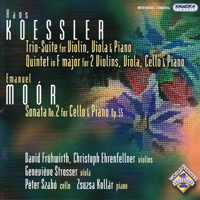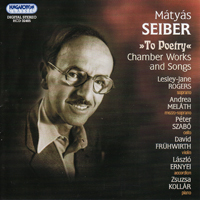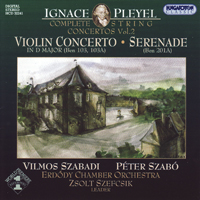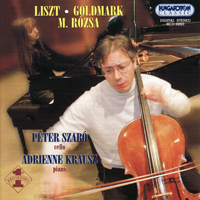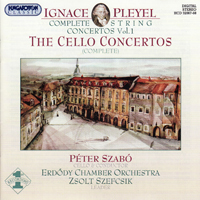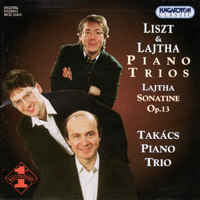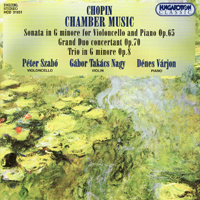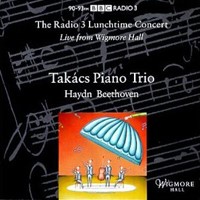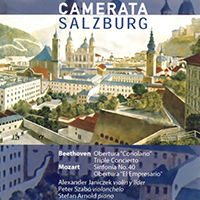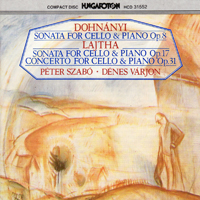To Poetry
Evoking, awakening, grasping – finally at home. Mátyás Seiber has been better known in England & Germany until now. His life as a composer, as a teacher and as an individual had integrated into the British musical world. Among many, we owe a debt of revitalizing his inheritance in Hungary to Péter Szabó who was the first to recognize. The high quality concert given at the Old Academy of Music was the overture of this process and it was followed by a Hungaroton album subtitled Chamber pieces and songs.
Mátyás Seiber would be one hundred years old now – says the invitation card and the back cover of the CD. When he – together with many other persecuted people – had to leave Germany, the land of his early successes, he came back to Hungary, then played cello in a string quartet on the America-Hamburg Line and finally settled down in England. There he had to start everything again from the beginning. Still, within about ten years he became a renowned composer and a leading teacher in Great-Britain. He was born one hundred years ago and he died in a car crash at the end of a successful conducting tour in Africa in September 1960. Strange fate, strange passing. As a composer he goes from style to
style: the avant-garde and the twelve-note music forms part of his compositions just as much as jazz and pop hits do. The only common factor is the purity of form and the detailed, genuine conscientiousness of construction. Playfulness and passion merge in his astonishingly well-structured pieces.
Seiber would now be hundred and he lived only to fifty-five. We can get a hint of the intensity of this extraordinary fate; the artists chose rich variety of material to be performed on the album. The Sarabande and Gigue in old style is an early Baroque-inspired piece. In the cello line, which spans the pacing, strolling progression of harmony, the artists grasp every interval to mediate the emotions as effectively as possible. The airiness in the cello line renders the emotional variety ascetical and this duality unfolds the stylistic depth of the piece. Under its sportiveness, the gigue wears the graveness and the sensibility of the compositional voice which we have already had the opportunity to get to know from the sarabande’s intensity. The gigue is an opposite in form, still, it is the common factor which actually transforms. It transforms while it remains. Is it a compositional invention? It is rather a constituent of professional knowledge which provides this creative power. This is the real criterion of a composer.
The piece which provided also the title of the album, the To Poetry is a five-episode series of songs, based on the poems of four poets, which Seiber composed for Peter Pears. The musical structure blends with the verbal meaning, interprets it and provides further contexts for the message. It is a special series with almost rigidly punctual emotions. Lesley-Jane Rogers understands and makes us understand this narrow path of compositional expression which does not allow musical or emotional inaccuracy. This music is utterly demanding, especially from the performer. Then follows some play, Andrea Meláth’s voice evokes a bright and happy world in the Four French Folk Songs. Naturally, it is not folk music, in the composer’s hands the tunes turn into something else – transforming while remaining--, they conjure up the eternal innocence, the never yet always present idea sharply characterized.
The intensive compositional voice in the Fantasy again opens up a new microcosm in the compositional attitude. The musical language here also requires special punctuality and spiritual power from the performers. In the Four Greek Folk Songs we can track the subtle musical phrasing of love poesy through the heavy, sensual gaiety of the pieces. Liberated, carefree moments appear one after the other in this series while Lesley-Jane Rogers has the voice at one moment of abandonment, at other times of a teasing, seductive lover. In the chamber sonata we can enjoy the virtuosity and richness of sound of David Frühwirth and Péter Szabó, as well as the variety of their smooth and sharp characters. The drive and vigorousness of the piece and the musical material, which occasionally grows thin enough to be a mere gesture, requires an extremely wide range of colours from the performers. The music is built up from the surfaces of time and space which get unified in conformity with inner rules. The power which throbs and pulsates in the music is sometimes so strong that it almost explodes, tearing it apart. The parts start to lead their own life according to their own genetic stock and destiny. The interpretation suits completely this correlation of meaning. In the Introduction and Allegro the cello and the accordion simply sound good. The characteristics of the two instruments provide the possibility to be playful and casual, which the composer exploits thoroughly, while he also uses the possibilities given by their variety of colours and heights. It is a dance-, a gesture- and a virtuoso show- piece at once. The sound of the accordion, the László Ernyei sensitivity of emotions and technical capacity form a perfect unity with the passionate cello.
Zsuzsa Kollár’s piano performance fills the musical surfaces with harmony-fed life, character and well-drawn arches. The flexibility and ability of reaction which is substantial in chamber music and which gives inspiration can be well seen here.
The album is closed by the Petöfi songs, which are not folk song adaptations, but recall their atmosphere. Placing them to the end of the disc was dramatically a very good idea. Mátyás Seiber arrived home. To Hungary.
Domonkos
Source: www.hzo.hu
Translation by Susan Kapás
Hangszer és Zene
November 2005


